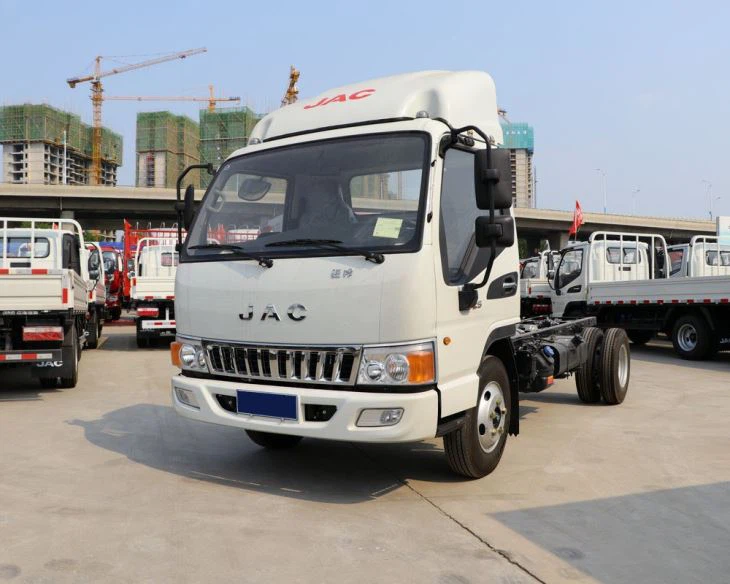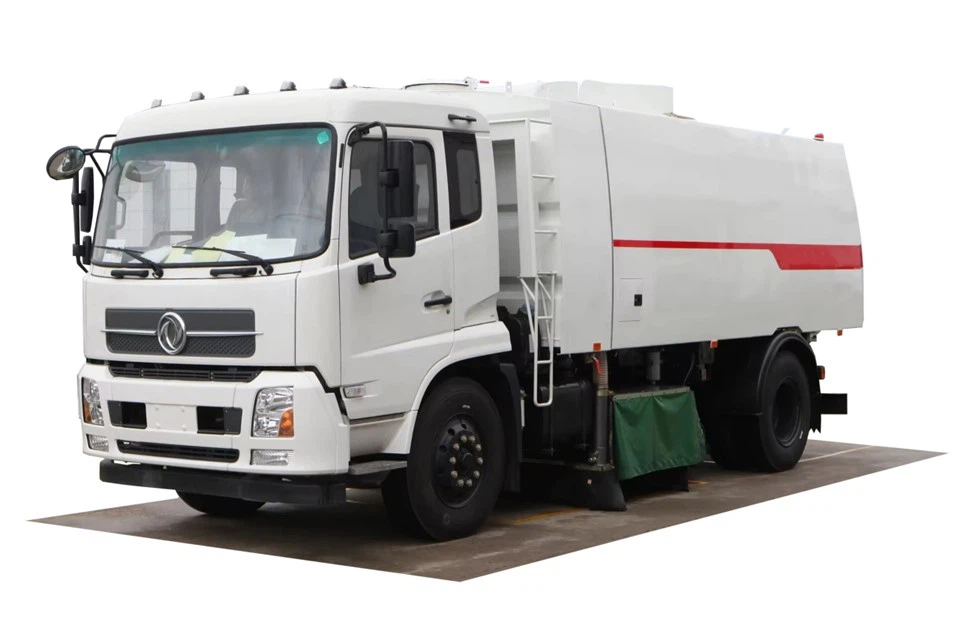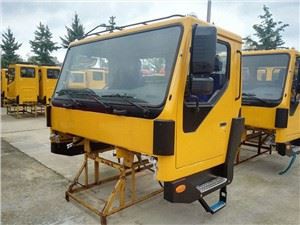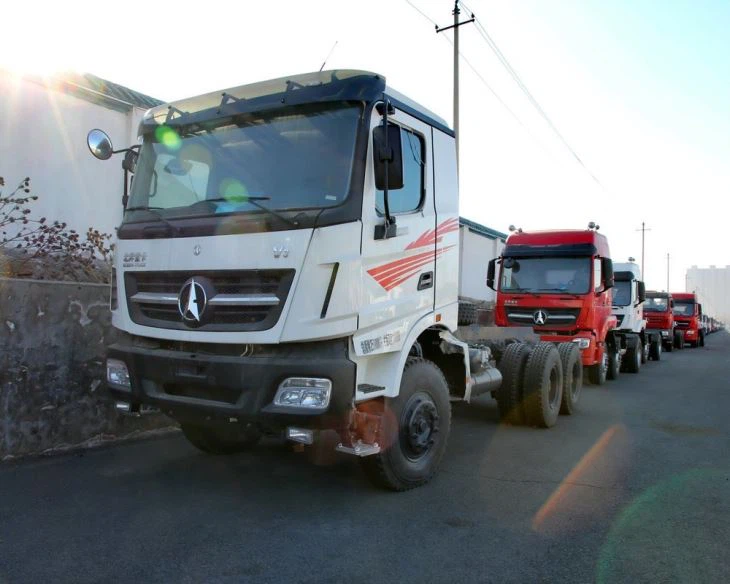Understanding Roll Off Parts: A Comprehensive Guide

Roll off containers are essential for managing waste and debris in construction, renovation, and landscaping projects. This article dives deep into the world of roll off parts, covering everything you need to know about their types, functions, and maintenance. Whether you are a contractor, a waste management professional, or a homeowner, this guide will equip you with practical knowledge to navigate this industry effectively.
What are Roll Off Parts?
Roll off parts are the various components that make up a roll off container system. These parts are integral to the functionality, safety, and efficiency of waste management operations. Understanding each component helps users make informed decisions regarding purchases, repairs, and maintenance.
The Function of Roll Off Containers
Roll off containers are large, open-top bins used for transporting waste. They are typically delivered by a specialized truck with a roll off mechanism that allows the container to be loaded and unloaded easily. But, what parts make this system work?
Key Components of Roll Off Parts
1. Container
The container is the main body of the roll off system, designed to hold debris. Containers come in various sizes, typically ranging from 10 to 40 yards. The right size depends on the type and volume of waste being disposed of.
2. Roll Off Truck
Roll off trucks are specifically designed to transport roll off containers. They feature a hydraulic system that allows containers to be loaded and unloaded easily.
Types of Roll Off Trucks
| Type | Description |
|---|---|
| Standard Roll Off Truck | Features a simple hydraulic system for moving containers. |
| Rear Loader Roll Off Truck | Designed for more compact spaces, allowing for easier maneuverability. |
3. Hydraulic System
The hydraulic system is critical for operating the mechanisms of the roll off truck. It facilitates the lifting and lowering of containers, ensuring safe and efficient loading and unloading.
4. Roll Off Cables and Chains
These components secure the container to the truck during transportation. They must be robust and well-maintained to prevent accidents during transit.
5. Brakes and Safety Locks
Every roll off truck is equipped with specialized braking systems and safety locks to ensure stability when unloading containers. These features prevent unexpected movements that could lead to accidents.
Maintenance Tips for Brake and Lock Systems

- Regularly check the brake fluid levels.
- Inspect brake pads for wear.
- Ensure safety locks engage properly before loading or unloading.
6. Container Accessories
Roll off containers can be outfitted with accessories to enhance functionality.
Common Accessories
- Hook lifts
- End doors
- Drain plugs
7. Straps and Tarps
Straps are used to secure loads, while tarps help cover debris, ensuring safe transportation and complying with local regulations. Choosing the right straps and tarps is essential for effective waste management.
8. Weight Distribution Mechanisms
Proper weight distribution is crucial for maintaining balance during transportation. Many modern roll off trucks have automated systems that monitor and adjust load weight, ensuring safe transport.
Choosing the Right Roll Off Parts
Factors to Consider
When selecting roll off parts, consider the following:
- Type of Waste: Different types of waste may require specific containers or accessories.
- Volume of Waste: Choose sizes that match your project’s needs.
- Local Regulations: Ensure compliance with waste disposal rules in your area.
Finding Reputable Suppliers
Quality is key when it comes to roll off parts. Research suppliers by checking reviews, asking for recommendations, and looking for certified companies.
Maintenance and Care of Roll Off Parts
General Maintenance Practices
Proper maintenance prolongs the lifespan of roll off parts and enhances safety. Here are some tips:
- Regularly inspect hydraulic systems for leaks.
- Clean containers to prevent rust and build-up.
- Lubricate moving parts on the truck and containers.
Common Issues and Troubleshooting
| Problem | Solution |
|---|---|
| Hydraulic leaks | Inspect hoses and seals; replace damaged components. |
| Weight imbalance | Redistribute load evenly; check for overloading. |
Practical Examples of Roll Off Parts Usage
Residential Renovation
Homeowners undertaking renovations often use roll off containers for disposing of old furniture and construction debris. Choosing the right container size can save money and time.
Commercial Construction
Contractors working on commercial sites require larger roll off containers and trucks. Understanding weight limits and regulations is essential for compliance.
Landscaping Projects
Landscapers often deal with organic waste and soil. Accessorizing containers with tarps can help manage loose materials during transport.
Cost Factors of Roll Off Parts
Understanding Pricing
The cost of roll off parts can vary widely based on several factors:
- Container size
- Truck type
- Region and local demand
Budgeting for Roll Off Parts
When budgeting for roll off parts, consider both initial costs and maintenance expenses. Allocating an adequate budget ensures you will not face unexpected costs down the line.
Conclusion
Future of Roll Off Parts
Technological advances are influencing roll off parts significantly. Automated systems and eco-friendly materials are helping companies improve waste management strategies and reduce environmental impact.
FAQ Section
What size roll off container do I need for my project?
The size depends on the type and amount of waste. Generally, a 10-yard container is good for small projects, while larger renovations may require 20 or 30-yard containers.
How long can I keep a roll off container on my property?

This varies by location, but typically you can keep it for 7-14 days. Always check local regulations for specific guidelines.

Can I put hazardous materials in a roll off container?
No, hazardous materials require special disposal methods. Always consult local regulations for guidance on how to handle such materials.
How often should I perform maintenance on my roll off parts?
Regular checks are recommended at least once a month, with more comprehensive maintenance occurring semi-annually or annually.
Are there eco-friendly roll off parts available?
Yes, many suppliers now offer eco-friendly materials and systems designed to minimize environmental impact.
What are the common mistakes to avoid with roll off containers?
Common mistakes include overloading containers, ignoring maintenance, and not securing loads properly for transport. Always follow guidelines and best practices.
